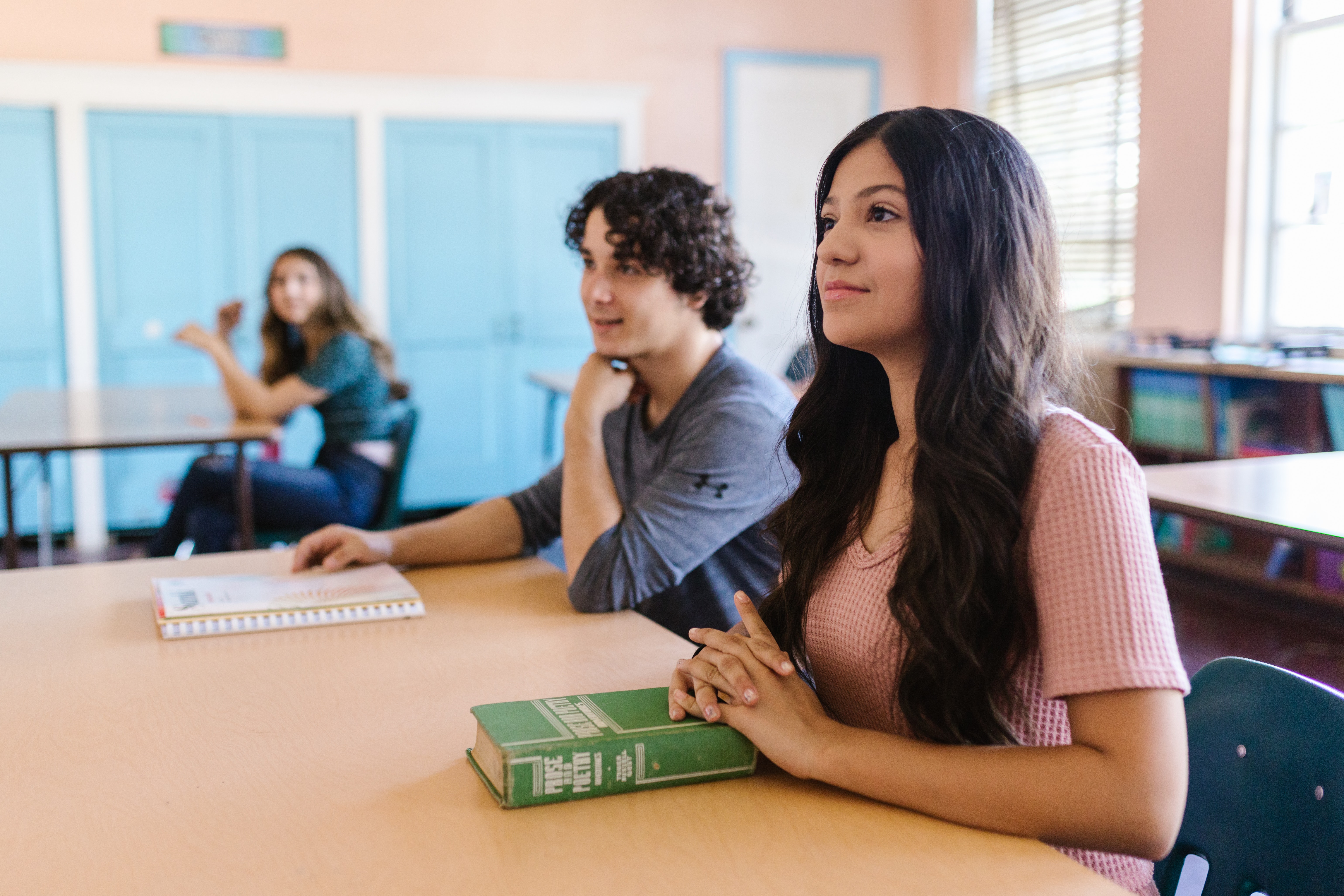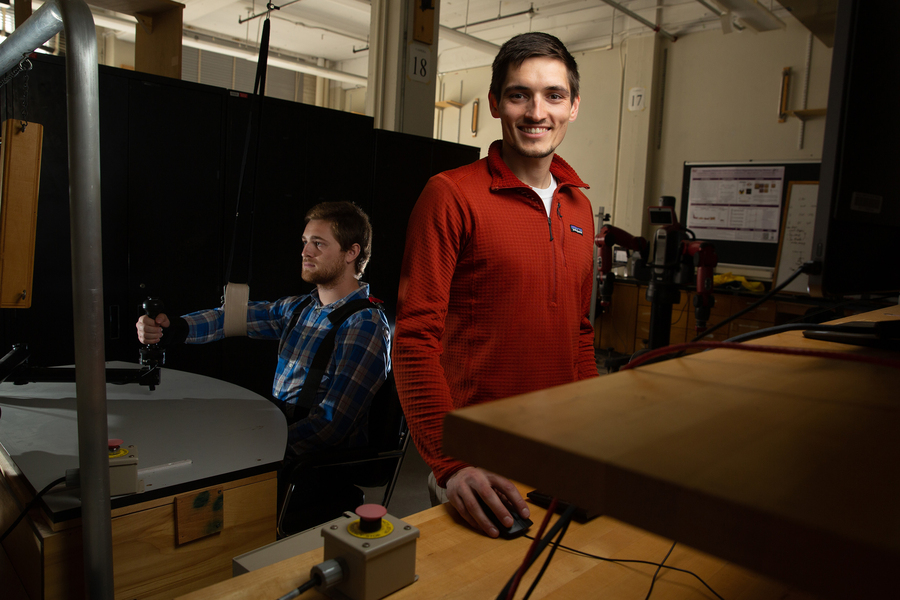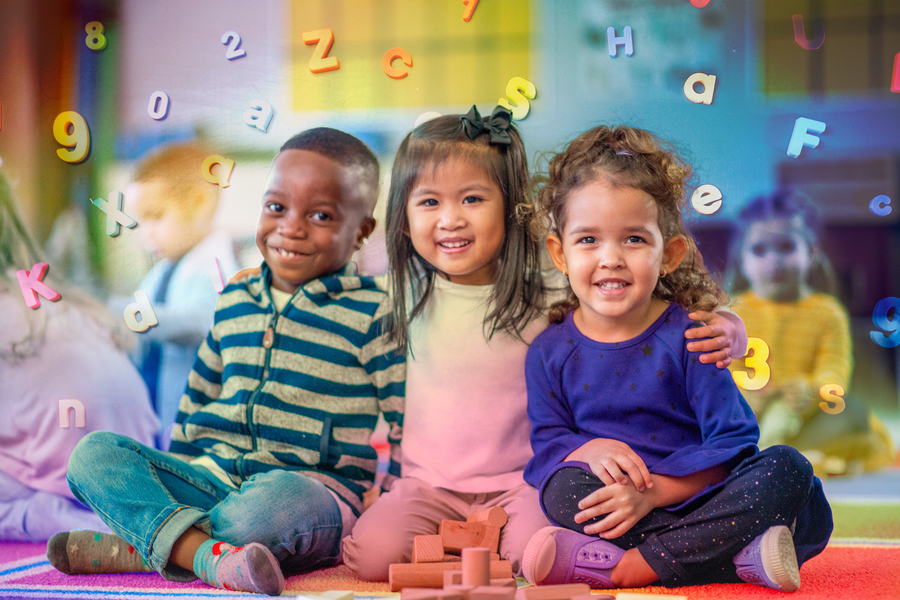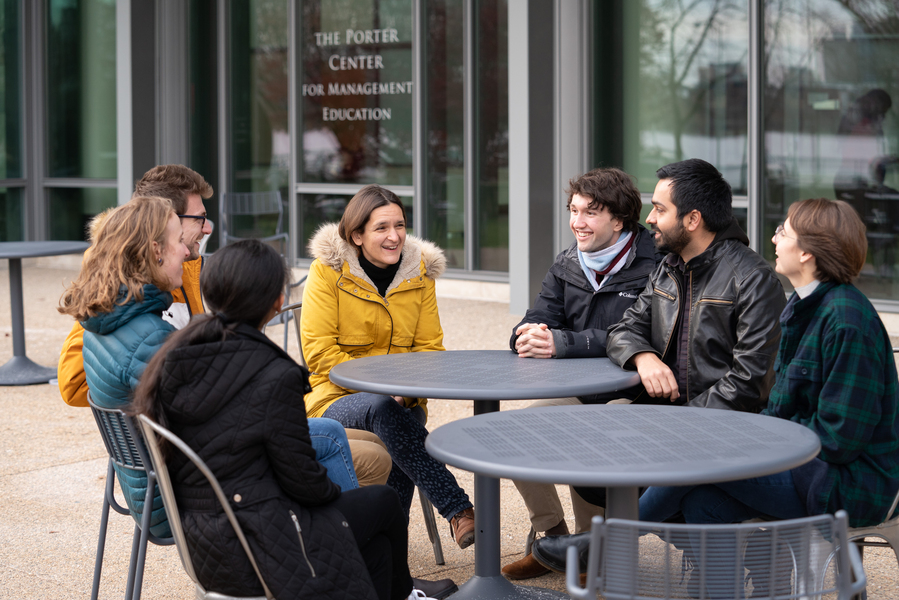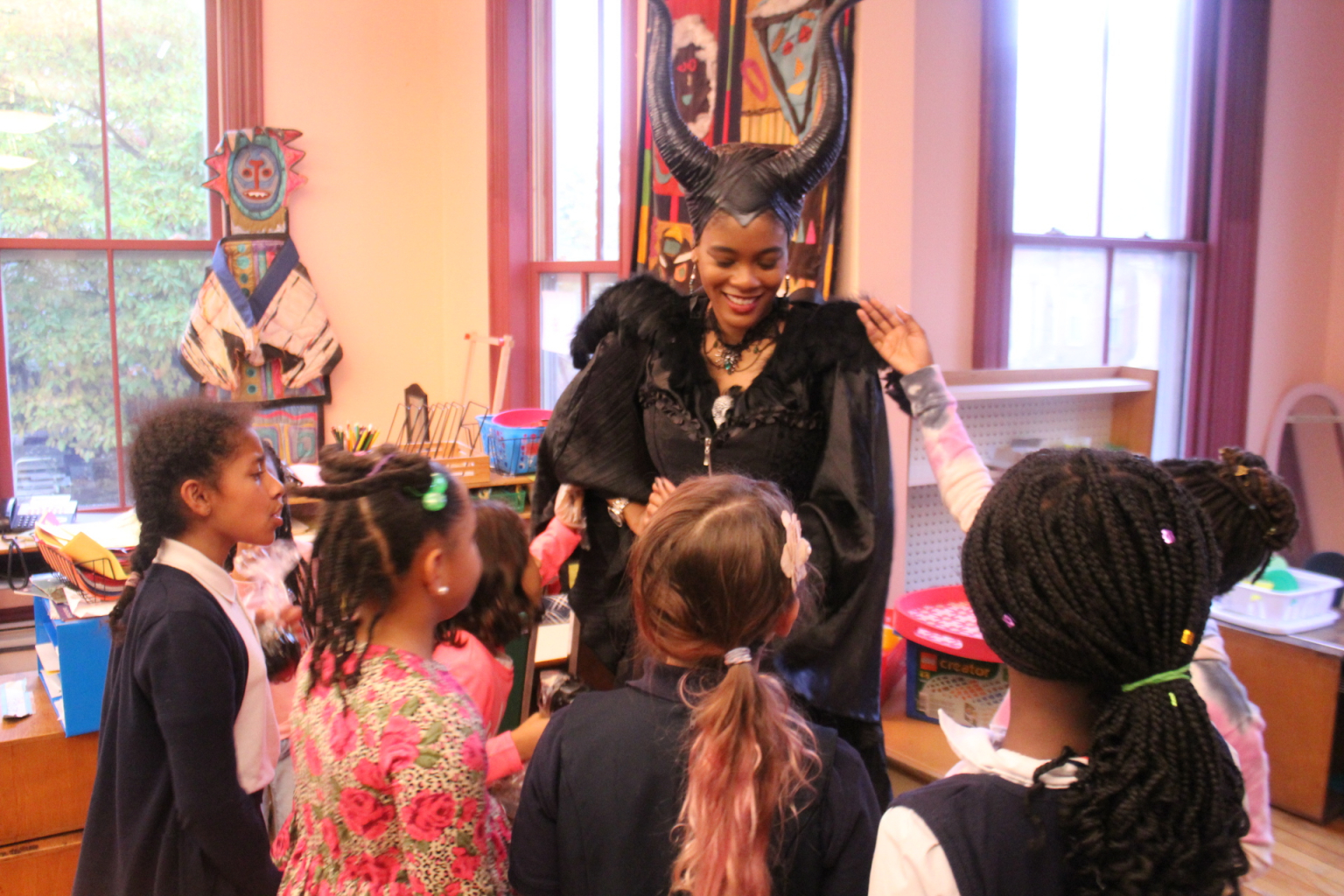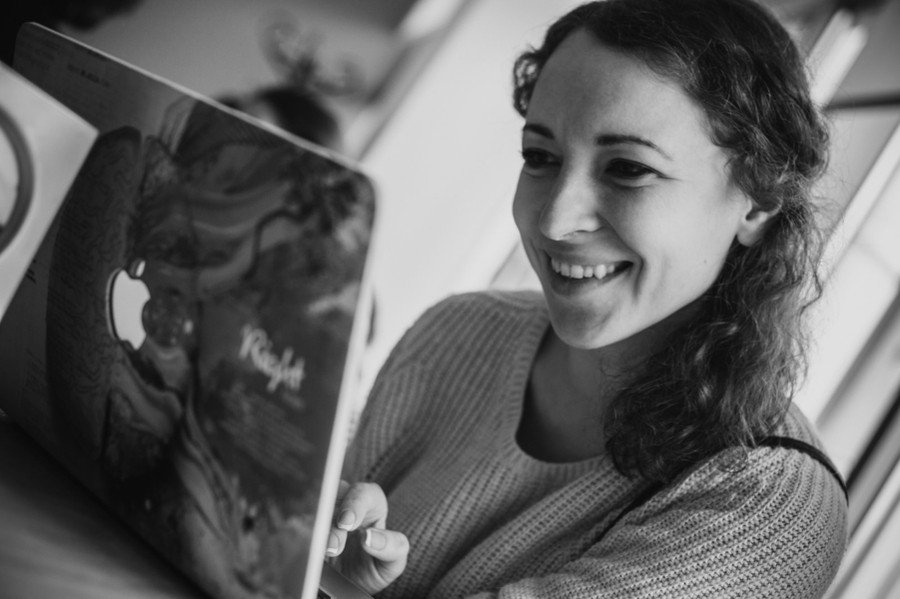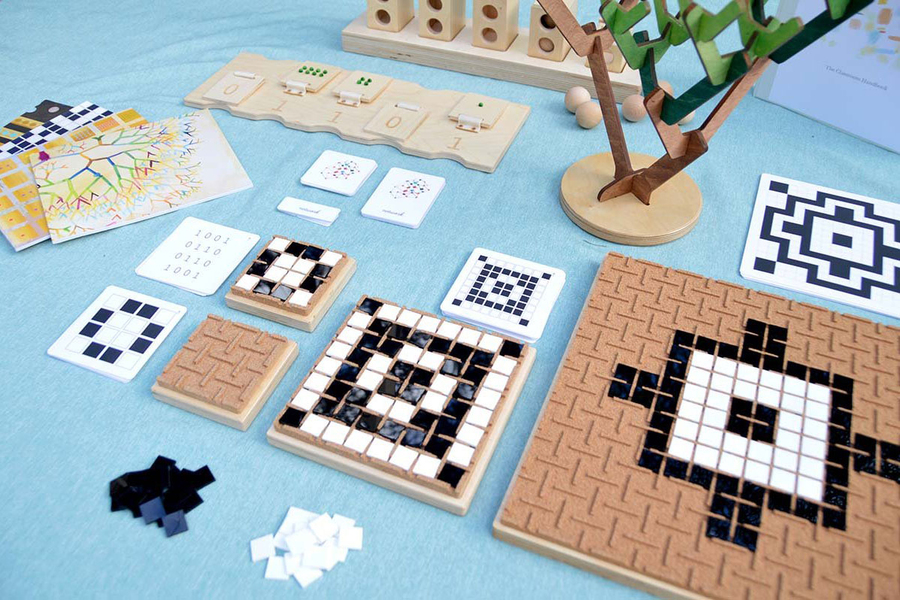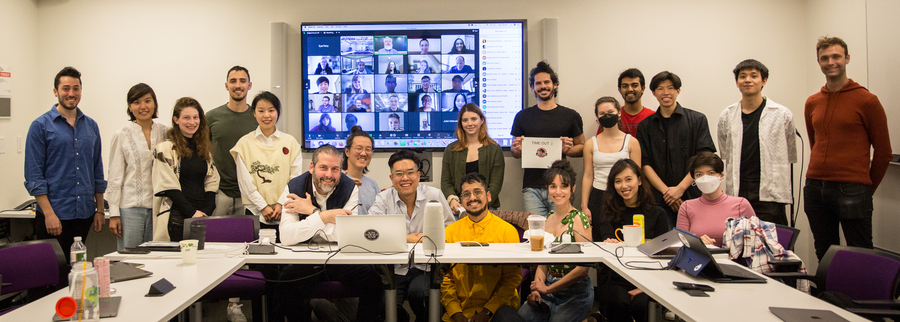The MIT Integrated Learning Initiative (MITili) has provided $200K in funding this year to four research projects.
News
Before James Hermus started elementary school, he was a happy, curious kid who loved to learn. By the end of first grade, however, all that started to change, he says. As his schoolbooks became more advanced, Hermus could no longer memorize the words on each page, and pretend to be reading.
Attending preschool makes children significantly more likely to go to college, according to a study led by MIT economist and MITili Deputy Director Parag Pathak.
Despite increased awareness and substantial media coverage, the addiction and overdose crisis continues across the United States. According to the 2021 National Survey on Drug Use and Health, 46.3 million people aged 12 or older had a substance use disorder (SUD).
Although her research focuses on daunting issues such as global poverty, MIT Professor Esther Duflo never neglects to dedicate time to something else she finds just as important: mentoring her graduate students.
From educational workshops to foster student interest, to providing meaningful hands on internship experiences, Mbadika supports youth all across Boston. Read more
Beyond writing, Ji has done research in math, physics, and economics, sung in an a cappella group, co-chaired advocacy groups and math mentorship initiatives, and taught as a TA, volunteer mentor, and MIT-Italy GTL instructor.
An early love of solving puzzles and problems for fun piqued Herasymova’s initial interest in mathematics. When she later pursued her PhD in mathematics at Kiev National Taras Shevchenko University, Herasymova’s love of math evolved into a love of research.
Learning Beautiful makes tactile materials to inspire hands-on learning for kids between the ages of 3 and 9.
The goal has always been to share the tools and knowledge of synthetic biology with the widest possible audience, moving beyond molecular biology researchers to artists, engineers, and social justice advocates, among others.
